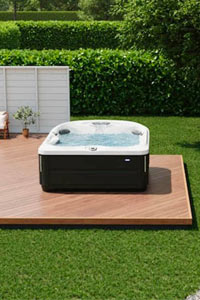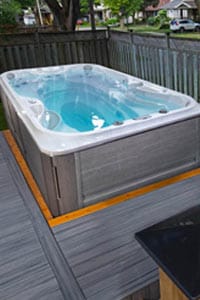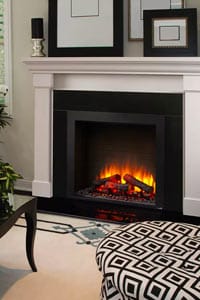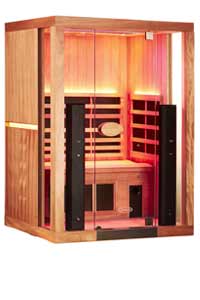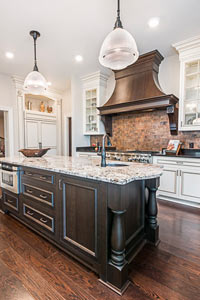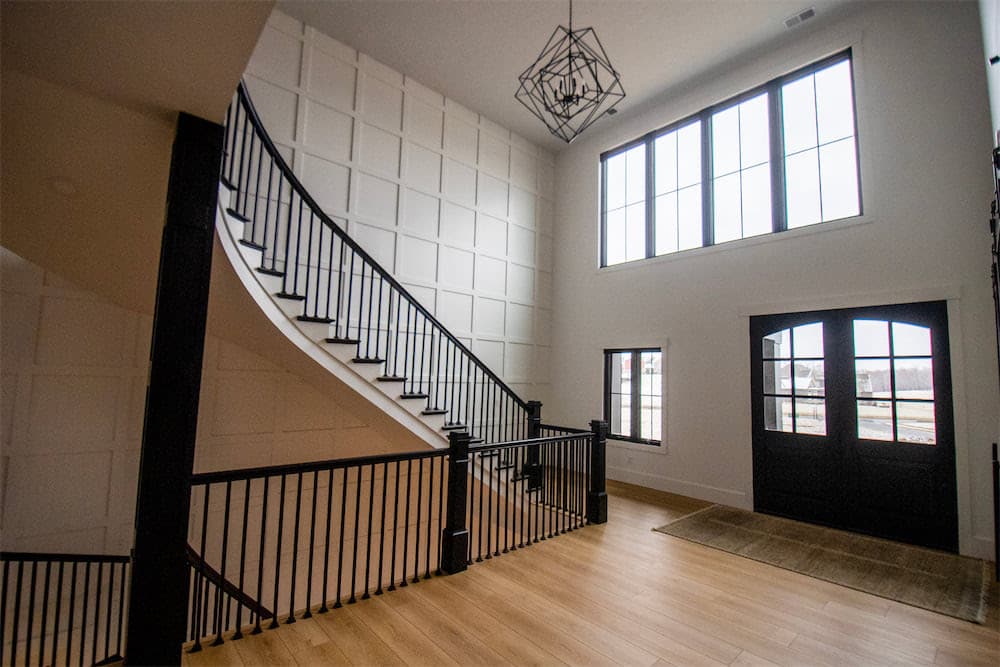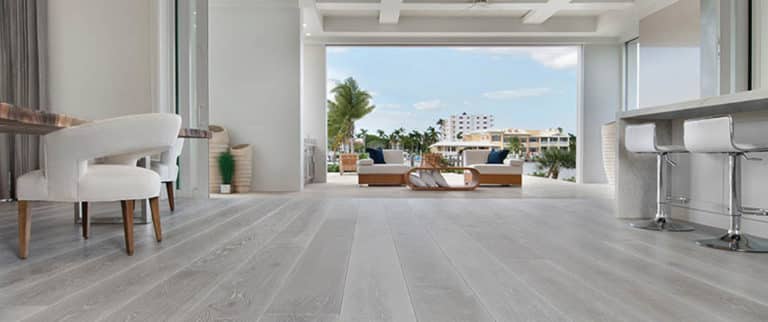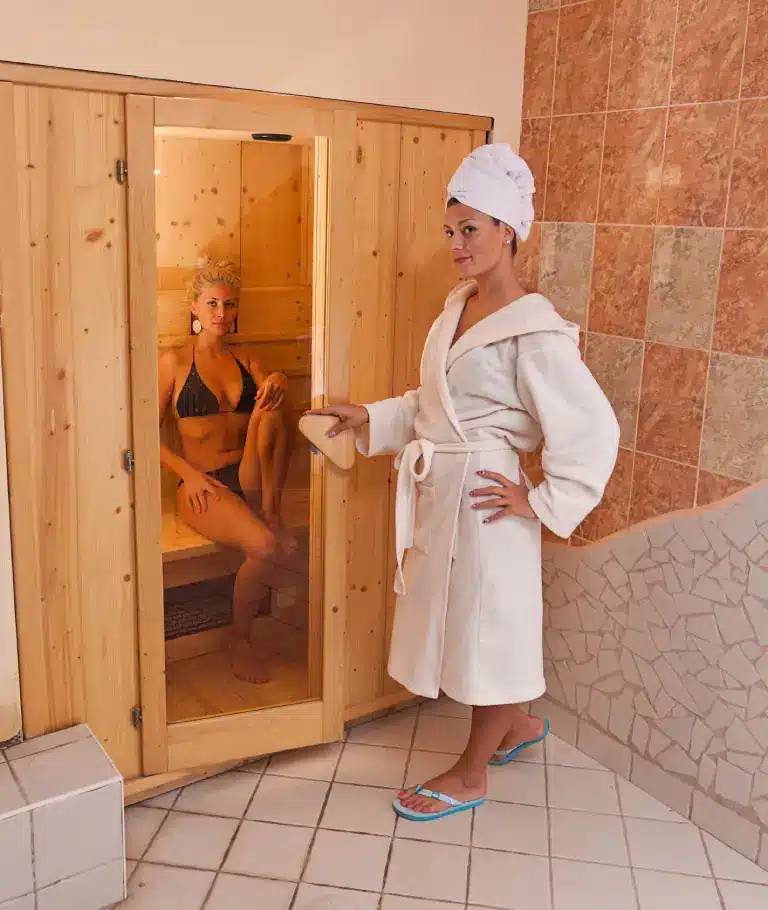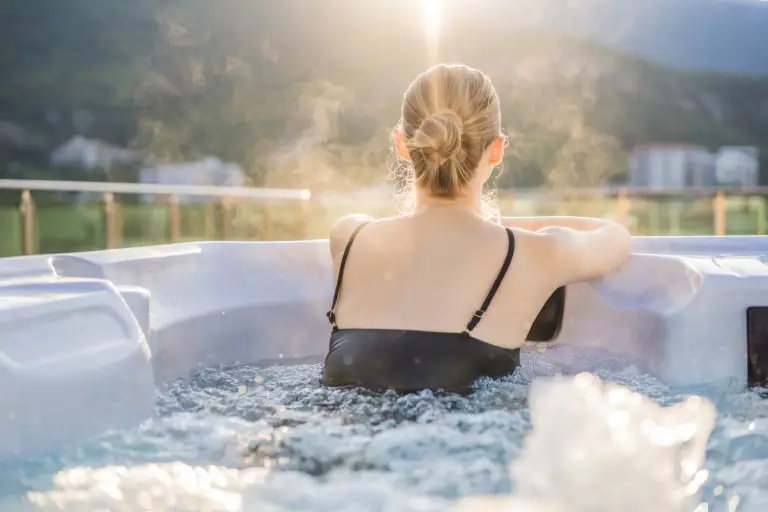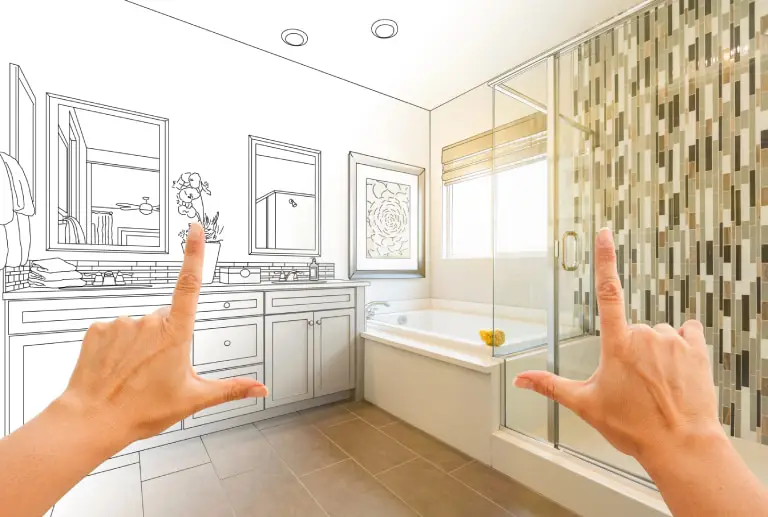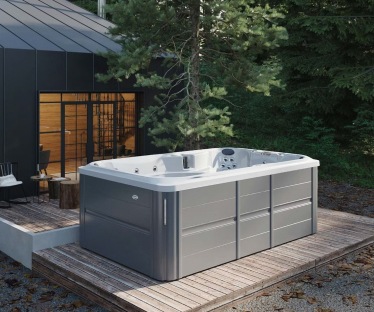A new flooring installation is one of the fastest ways to improve your home. They create ambiance, show your aesthetic, set a mood, and raise your home’s value.
When cared for well, your new floors should last your household for years, if not a lifetime.
Top 6 Instructions For Maintaining Your New Flooring
Follow our 6 simple steps for maintaining your new flooring easily.
1. Solid Wood Flooring Care Instructions
When cared for well, solid hardwood floors are an investment that can last over a lifetime.
Wipe up any spills as soon as they occur, with a lightly dampened cloth.
Solid wood floors should be gently swept on a daily or frequent basis. A broom, special hardwood floor mop, or microfiber dust mop can be regularly used on solid wood. This light daily cleaning will keep them polished and looking their best.
You can use a vacuum with a hard floor setting less frequently (once a week). Never let the vacuum brush roll across your floors. Consider using a vacuum with softer rubber wheels, instead of hard plastic.
When your solid wood floors need a deeper cleaning, mop them with a flat, chenille, or microfiber mop. Only use cleaners formulated for solid wood. Detergents, general cleaning fluids, or other flooring cleaners can damage solid wood. And this isn’t the time to mix up your own solution.
Make sure not to mop your solid wood flooring with too much water. Wring out as much water as you can before you do. If too much water is left on the floors when you’re finished, consider drying the wood with a clean microfiber cloth.
A Roomba or other robotic cleaner will make regular upkeep easier. These often include special hardwood settings.
Solid wood should also be polished on a quarterly basis. Dust, sweep, or vacuum the floors first to remove any dirt. Then go in with a hardwood floor polish in the same direction as the wood’s grain.
Never use vinegar, soap-based cleaners, steam cleaners, or wax-based cleaners on solid wood floors. These can damage the flooring and leave buildup.
You can protect solid wood flooring from general wear and tear with a few strategically placed mats and furniture felt. If damage occurs, spot-treat the area with a liquid scratch concealer.
Even the best-kept hardwood floor will need to be refinished. Every 3-5 years, follow up a deep cleaning with an application of wood floor finish. Every 10 years, have your solid wood flooring sanded down, then apply a coat of finish.
2. Luxury Vinyl Flooring Care Instructions
Vinyl is prone to scuffing, friction marks, and staining. If dust, dirt, or other particulates are left on your luxury vinyl and scuffed into the flooring, this will leave even worse marks.
Spills can be easily taken care of with plain water right when they happen. Otherwise, use a baking soda and water paste to remove food stains and follow this up with a neutralizing diluted vinegar wipe.
A microfiber mop is a great tool to have on hand. A light weekly mopping will keep vinyl floors in good shape. Use either store-bought vinyl cleaner or diluted apple cider vinegar with a few drops of mild dishwashing liquid.
If you want to shine your luxury vinyl up, put a few drops of pure mineral oil into a diluted vinegar solution. Wax floor polishes will only build up on these floors and be very difficult to remove.
Synthetic substances like crayon, ink, or cosmetics can be removed with rubbing alcohol or nail polish remover. If you need to scrub your vinyl, use brushes with nylon bristles, instead of steel wool or metal.
You can vacuum luxury vinyl flooring, as long as you don’t use the beater bar attachment. Use the solid floor setting which doesn’t rotate bristles against the floor.
Never use ammonia or ammonia-based cleaners on vinyl. This will destroy the floor’s material.
Since vinyl is easy to scuff, you may want to protect your luxury flooring by placing a few mats, rugs, or runners in any high-traffic areas.
But not all rugs are safe for vinyl. Rubber backing, plastics, or anything with glue can damage or stain your vinyl. Look for non-staining vinyl-backed area rugs.
Vinyl should always be protected from furniture scuffing with felt pads or vinyl furniture coasters.
WD-40 will get almost any scuff mark out. Once that’s done, use some diluted vinegar to clean any WD-40 residue from the floors.
3. Laminate Flooring Care Instructions
Laminate floors aren’t quite as durable as solid or engineered hardwood. Liquids and rough materials can easily damage, abrade, or stain laminate.
This flooring needs gentle, regular maintenance. This generally means wiping them down anytime there’s a spill or dirt gets tracked in.
Try to sweep them regularly with a soft-bristled broom and vacuum the floors at least weekly. Vacuuming laminate should never be done with a rotating bristle. You can also use a dry microfiber mop as a vacuuming alternative.
Deeper, wet cleans can be done every few months or so. Only wipe these floors down with mild diluted detergent, diluted vinegar, or cleaning products specifically formulated for laminate.
And don’t clean them with anything harsh or abrasive, like scrubbing brushes or firm bristles. Soft brooms, damp microfiber mops, or dust mops are perfect.
You can spot-treat tough staining with diluted vinegar or a touch of rubbing alcohol or acetone.
Never traditionally mop laminate, use excess water, or let water pool on your laminate flooring. Laminate can easily swell or bubble, and this damage will need to be replaced.
Laminate also shouldn’t be waxed, polished, or oiled.
Laminate floors can also be damaged by certain kinds of rug-backing. If you want to put area rugs down, use laminate-safe vinyl rug underlays.
Don’t slide anything heavy across these floors. Furniture felt pads will help protect your floors from regular wear and tear.
Pet nails can also damage your laminate. Keep their nails well-trimmed or provide them with a scratching post somewhere nearby.
4. Engineered Hardwood Flooring Care Instructions
Engineered hardwood is an environmentally sustainable, more durable choice over solid wood floors. It’s a great option in more humid or high-traffic environments but it still requires some routine care.
Any dirt, soil, or spills should be quickly removed. Dirt can be abrasive on the veneer and will collect quickly since there are no grooves or spaces for dirt to hide in.
Have a soft broom or Swiffer on hand. You can use a vacuum on engineered wood, but make sure not to use a rotating bristle bar or beater bar.
Remove any surface particulates, then lightly wipe the flooring down with a microfiber or other soft mop.
Keep it simple with any gentle floor cleaner or diluted all-purpose cleaner. You don’t need vinegar, wax, bleach, or soap on these floors, and those cleaning products can damage the surface.
Follow this up with a clean water wipe and let the floors dry naturally. Even though this flooring is humidity resistant, it still shouldn’t be soaked in water.
You can occasionally deep-clean engineered hardwood with a specialty hardwood flooring cleaner. But never steam clean these floors.
Minor marks can be taken out with scratch concealers. And engineered hardwood can also be refinished to restore the veneer and bring the floor’s luster back.
Engineered hardwood can be damaged by sharp heels, cleats, or even pets. Don’t walk across this flooring with sharp heels or shoe soles. And if you have pets, keep their nails well-trimmed.
5. Porcelain Flooring Care Instructions
Porcelain is a durable, thin, hard ceramic tiling made from refined clay. Porcelain tiles are often glazed with a nonporous glass coating making them chip, scratch, water, and stain-resistant. If they’re unglazed, these tiles will need to be treated differently.
All porcelain tiles should be regularly cleaned. Sweep, mop, or gently vacuum the floor as needed. This may be once a day, several times a day, or a couple of times per week.
Glazed porcelain tiles need to be swept or mopped as frequently as they’re soiled. Any grit may damage the glaze. Fortunately, glazed porcelain is easy to clean up. A quick wipe will usually do. And glazed porcelain tiles can be cleaned with any kind of mop.
Clean glazed porcelain tiles with any kind of diluted mild detergent, vinegar, all-purpose cleaner, or flooring cleanser.
A stronger vinegar solution can be used to clean up any stains on glazed porcelain.
Porous unglazed porcelain tiles require special care. To begin with, only use a mild ph-balanced cleanser, like diluted dish soap. Don’t use bleach, ammonia, wax, abrasive cleansers, or oil-based cleansers on unglazed porcelain.
Try not to saturate unglazed tiles with any cleaning solution. Always do a follow-up rinse with clean water, then use a towel to dry off any excess liquid.
Wipe up any spills on unglazed porcelain as quickly as possible. These tiles may need to be gently scrubbed with a soft bristle brush.
You can also seal unglazed porcelain yourself with polyurethane or acrylic sealing liquid. Home hardware stores carry a variety of sealants that can even give your tiles different looks.
These sealers don’t last forever. They need to be reapplied periodically, based on the manufacturer’s directions and your personal level of wear and tear. Some last for up to five years, while others need to be reapplied after six months.
The grout around unglazed porcelain tiles can also be sealed. If not, scrub the grout regularly with a baking soda paste.
6. Ceramic Tile Care Instructions
Ceramic tile is one of the most durable, low-maintenance flooring options. With proper care, ceramic tiles can last for well over a hundred years.
Sweep or Swiffer your ceramic tiles on an ongoing basis. (You can even vacuum ceramic tiles with the right attachment.)
Any dirt or soil should be immediately removed. Ceramic tiles are made of kiln-fired clay, and gritty materials can damage the surface. It’s a good idea to put a mat in areas with heavy foot traffic.
A weekly or twice-weekly mopping will keep your tiles well-sanitized.
Almost any cleaning solution will do as long as it’s non-abrasive and on the gentler side. You can use an all-purpose cleaner, diluted mild detergent, diluted vinegar, lemon juice in hot water, or diluted bleach.
Apply your solution with a regular mop, chamois mop, or even an old towel or rag.
Try to wipe up any spills on your tiling before they form stains. If your ceramic tiling does stain, first give it a good surface cleaning. Then spot-treat the stain directly.
You can treat any coffee, tea, or juice stains with hydrogen peroxide. Use diluted club soda to treat grease. And diluted bleach for spilled ink or stubborn spots. You can apply this solution to the area with a soaked cloth. Store-bought floor cleaners are always an option for stains that won’t go away.
You can give your tiles a deeper cleaning with an electric floor washer, scrubber, or tile polisher. Use a more concentrated mild detergent or a diluted washing soda, floor cleaning powder, or tri-sodium phosphate solution.
Make sure to rinse your tiling after every deep clean or spot treatment.
You’ll need to pay special attention to the grout around your ceramic tiles if it hasn’t been sealed to make the grouting non-porous.
In that case, give the grout regular, thorough scrubbings with either a store-bought grout cleaner, diluted bleach solution, or baking soda paste. This will keep your ceramic tiles hygienic and looking fresh.
It only takes some regular tidying up and a few good deep cleans to keep your ceramic tiling in good condition.
Maintain Your New Flooring with Koval Building Supply
Whether you’re the proud owner of new flooring or it’s time to update your existing floors, our experts at Koval Building Supply are here to help.
Simply contact your nearest showroom today or browse the other articles in our blog for more information!
Here are some blogs to help you get started:
